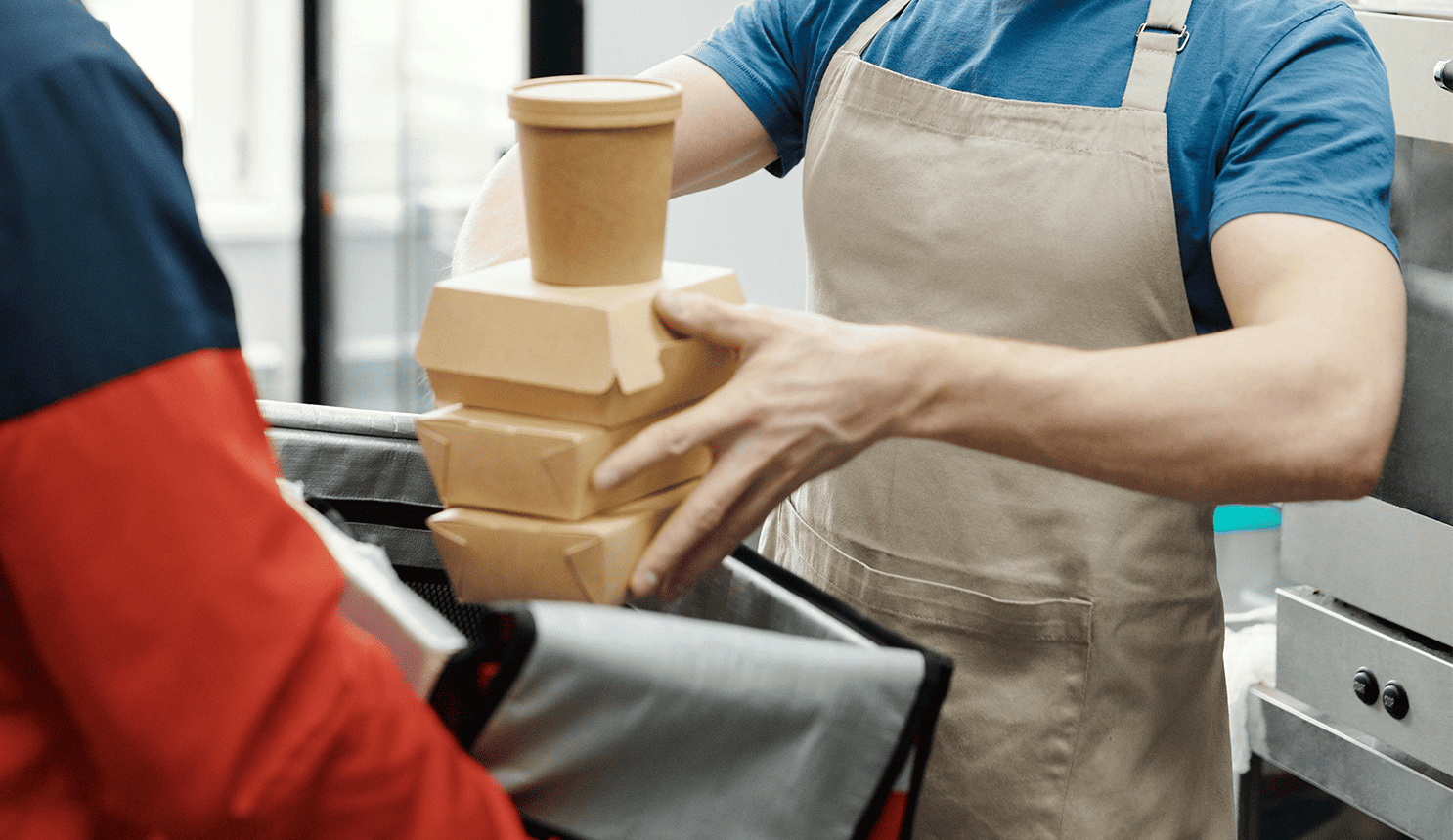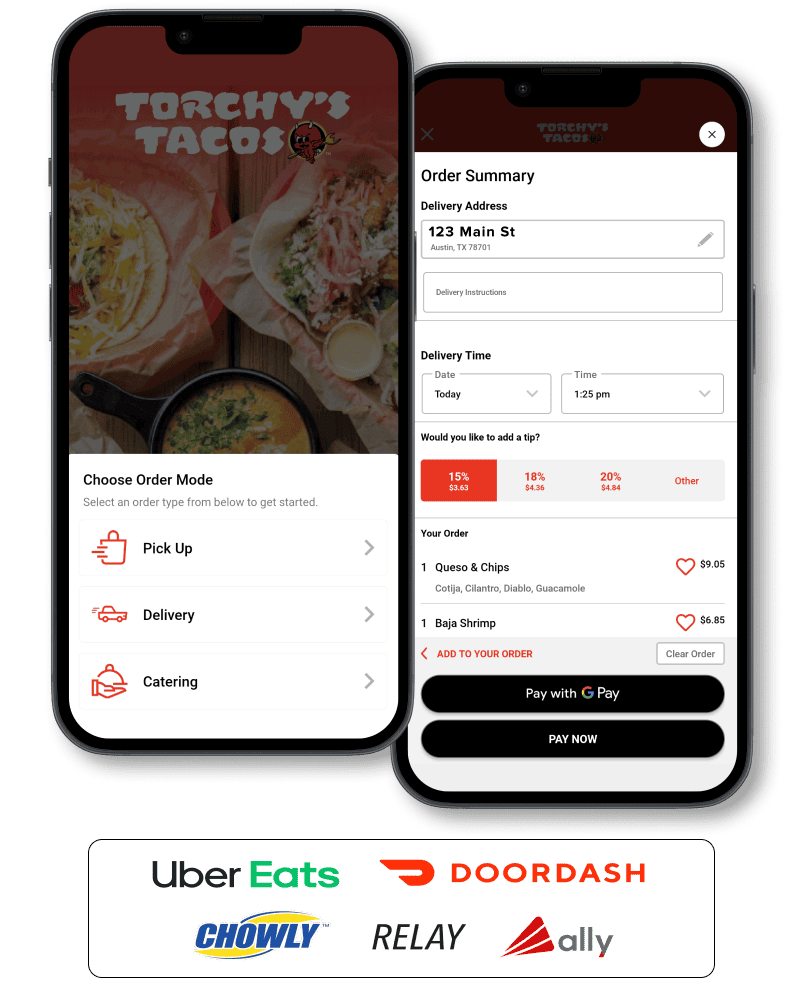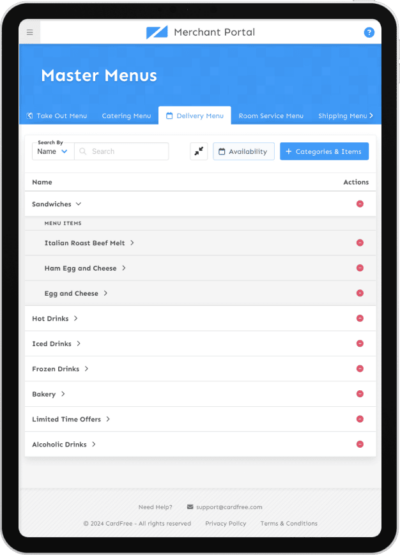
The Delivery Dilemma
The rise of on-demand delivery apps like DoorDash and UberEats has undeniably transformed the restaurant landscape. Convenience at our fingertips, a few taps on a smartphone, and a meal arrives at our doorstep—sounds like the perfect setup. Unfortunately this setup usually isn’t as convenient for restaurant operators as it is for their customers.
While third-party delivery platforms can be valuable for restaurants, they come with a hefty price tag. Commission fees that often range from 15-30% of the total order can significantly eat into profit margins.
The Financial Toll on Restaurants
In a world where consumers crave convenience, delivery orders have become a staple. Recent statistics reveal that the online food delivery market is expected to reach a staggering $500 billion by 2027 in the US alone. However, the paradox lies in the fact that while consumers are willing to spend more on delivery, restaurants find themselves grappling with diminishing profits due to exorbitant commission fees.
Unfortunately, the standard 15-30% restaurant commission fees levied by third-party apps can translate to substantial losses. Although these apps have undoubtedly expanded the reach of countless restaurants while providing a much-needed lifeline during the pandemic, the constant challenge of paying out commission fees while working on razor-thin profit margins in a fiercely competitive industry poses a considerable challenge for restaurant owners. This dynamic has created a rocky relationship between operators and delivery platforms, to say the least.
Additionally, compared to the experience of ordering through a restaurant’s owned channels, the delivery apps leave a lot to be desired from operators when it comes to branding, messaging, and opportunities to drive loyalty.
Tips for Third-Party App Success
For most restaurants though, a presence on the third-party marketplaces has become a necessary part of the game, and many have found success there. To get the most out these apps, restaurants can follow a few tips:
- Think of the delivery apps as an extension of your brand – although opportunities for branding and messaging are limited, brands can still communicate their identity through high-quality photos with a consistent look as well as clear, concise menu descriptions.
- Update your menu prices – to combat losses created by commission fees, many restaurants have opted to increase their delivery menu prices by 15-20%. If you employ this tactic, be sure that the increase is reasonable to avoid driving customers away. Also note that some platforms have started to push back against this tactic.
- Take advantage of promotions – highlighting a discount or a BOGO offer in the delivery apps is a great way to get your brand noticed and provide some extra value for your guests.
- Use third-party deliveries to promote future first-party orders – add a flier or other messaging to your delivery bags with a discount code for a future order placed on your first-party channels.
- Click here for our full guide on Driving Guests from Third-Party to First-Party Delivery.
Enter the Era of Delivery Dispatch Integration
Fortunately, over the last several years, delivery marketplaces have come a long way in terms of their abilities to integrate with other order + pay tech and POS systems. As a result, restaurants can now take advantage of the delivery infrastructure created by these apps without paying the commission fees.
Integrating delivery into first-party online ordering channels allows restaurant operators to directly connect orders placed on their branded web or mobile apps with delivery fleets, offering a seamless experience for customers and saving restaurants from the financial bite of commission fees. While there is still a small delivery fee, restaurants typically pass that cost onto the customer.
In this scenario, a customer selects the delivery option on your branded web or mobile app, enters their delivery address, and proceeds with their order and payment as usual. The customer can then see a delivery time estimate and driver details similar to how it would appear on any of the standard delivery apps.
On the restaurant side, once a delivery order is placed, the delivery dispatch integration will automatically connect to driver fleets in the area from UberEats, Doordash, Grubhub, or other courier networks and the driver picks up the order just as they would for any other delivery.

Aside from eliminating commission fees, delivery dispatch integration also allows restaurants to fully own their customer data. With third-party delivery apps, even with POS integration, the sales data that restaurants are able to access can be incomplete and customer contact info is often withheld.
On the flipside, when restaurants integrate delivery into their first-party channels, they have access to all their customer data with the ability to analyze it on one dashboard, providing a “single source of truth.” An all-in-one POS-integrated product like CardFree also enables restaurants to manage menus and pricing seamlessly for both first-party and third-party apps.
The Future of Delivery
In recent years, meeting customer demands for convenience has often come at a cost for restaurant operators, posing some serious challenges for long term profitability. As the restaurant industry continues to navigate this delicate balance between investing in in-house tech while maintaining a presence on third-party outlets, the advent of first-party delivery integration can be a game-changer. It’s a shift that not only saves money but also empowers restaurants to reclaim ownership of their data, setting the stage for a better shot at long-term success.

